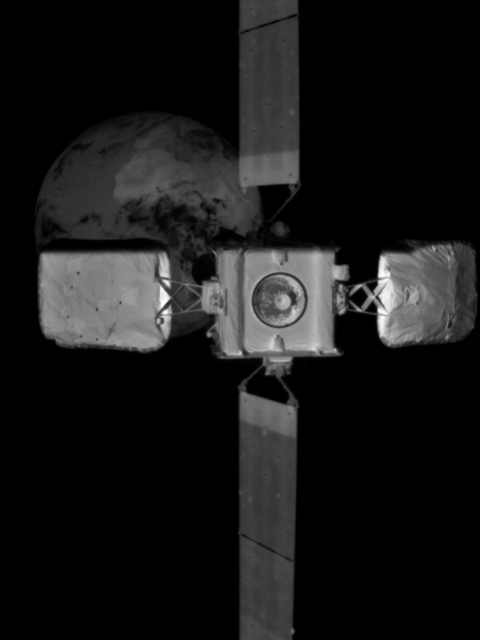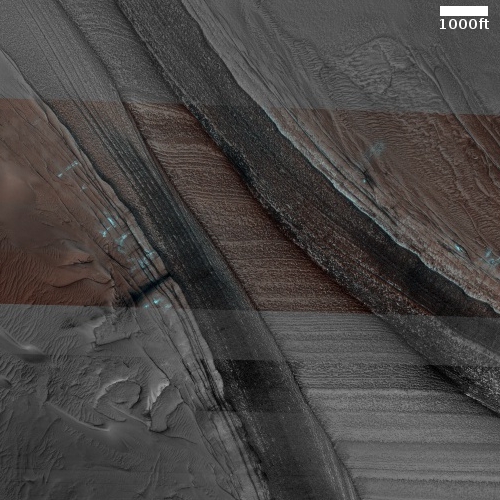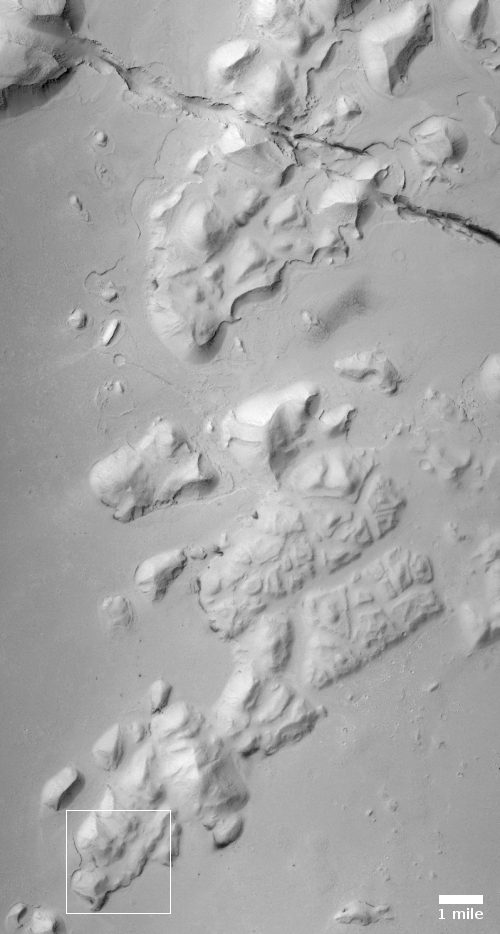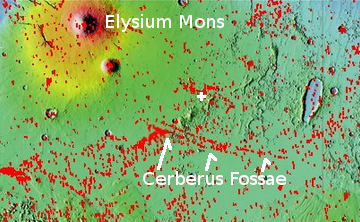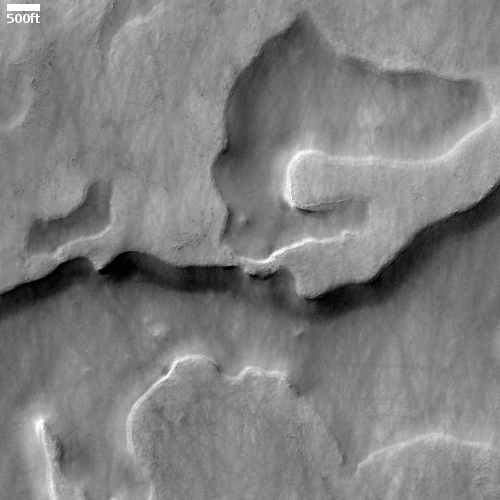Ingenuity requires software update before flying
JPL engineers have determined that they need to upload a software update on Ingenuity in order to solve the issue that caused the first high-speed spin test of its rotary blades to end prematurely.
In an update released late Monday by NASA’s Jet Propulsion Laboratory, mission managers said engineers identified a software fix for the “command sequence issue” that ended the high-speed spin-up test Friday.
Officials at JPL, which manages the Ingenuity helicopter project, did not announce a new target date for the rotorcraft’s first test flight. Ground teams hope to determine a new target date next week for the helicopter’s first flight.
According to the original plans, Ingenuity was to get about a 30 day test period, after which Perseverance would move on to its primary Mars science mission. It is not clear at this moment whether that test period will be extended because of these issues. I suspect they will extend it to get as many flight tests as possible, since Perseverance is functioning like a dream and can wait a few extra weeks before beginning what will be years of Martian roving. How often does one get to flight test a helicopter on another world?
JPL engineers have determined that they need to upload a software update on Ingenuity in order to solve the issue that caused the first high-speed spin test of its rotary blades to end prematurely.
In an update released late Monday by NASA’s Jet Propulsion Laboratory, mission managers said engineers identified a software fix for the “command sequence issue” that ended the high-speed spin-up test Friday.
Officials at JPL, which manages the Ingenuity helicopter project, did not announce a new target date for the rotorcraft’s first test flight. Ground teams hope to determine a new target date next week for the helicopter’s first flight.
According to the original plans, Ingenuity was to get about a 30 day test period, after which Perseverance would move on to its primary Mars science mission. It is not clear at this moment whether that test period will be extended because of these issues. I suspect they will extend it to get as many flight tests as possible, since Perseverance is functioning like a dream and can wait a few extra weeks before beginning what will be years of Martian roving. How often does one get to flight test a helicopter on another world?


